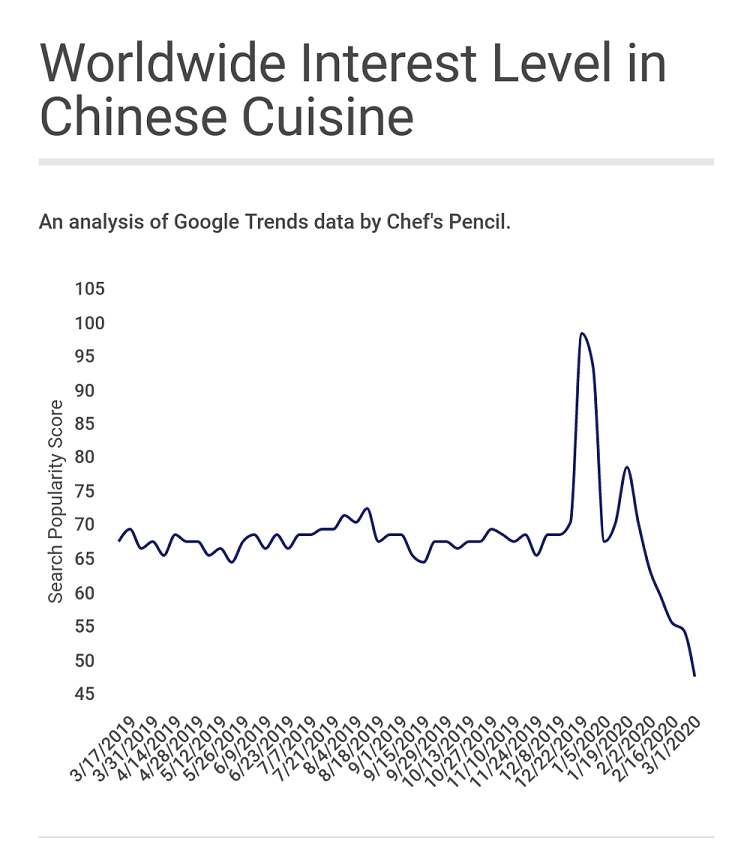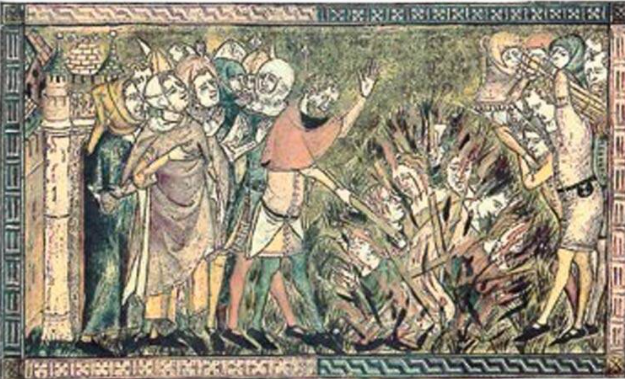Minorities have always been a subject of stereotypical discrimination, which stems from discrepancies between race, religion, economic class, and sexual orientation.
Whether its the influenza pandemic of 1918, or COVID-19 over a century later who you are continues to determine how the public views your affected group, and how you will receive care. Which is essential to many as it would mean life or death.
The Forgotten Pandemic
The 1918 influenza pandemic was the most deadliest virus to affect mankind. With 500 million people worldwide becoming infected, resulting in 50 million deaths, 675,00 of that American (CDC 2019). Viruses don’t discriminate. However people do. Although the epidemic had a less devastating impact on African American communities, it still overwhelmed their medical and public health resources. With no help from the white community and facing a barrage of other social, and health problems many african-americans were forced to fend for themselves, in many cases leading to death. Primarily black hospitals were severely over run, both exceeding in its patient admission, and lacking in staff. Even within death, white sanitation workers refused to dig graves for the surplus of colored bodies.
Around this time racism experienced a turning point, where more socialist and educated African-Americans stepped forward to end discrimination. This was met with higher rates of disfranchisement, anti black violence, and legalized segregation (Gamble 2010).
COVID-19
After the outbreak of COVID-19, Asian communities saw an increase in overall discrimination and racism. As the Coronavirus originated in Wuhan, China, Asian-Americans were vulnerable to racist behavior during the outbreak due to their nationality, and or appearance.
In the USA, one of the first signs of changing sentiments was customers vacating Chinatowns across the country as COVID-19 cases increased.(Dhanani LY)
Initial avoidance, however, has grown into open hostility, and Americans of Asian descent have reported a growing fear of being in public because of the harassment they have experienced or witnessed in response to COVID-19
There was also a sheer drop in overall interest, and attendance in sales within Asian run restaurants within the United States, see image below.

Figure 1 – Ecnofact.org
The Pandemic of Hate
Racism, discrimination, and hate can be seen in almost every pandemic. It is natural to find the reasoning, and source of the illness or disease as a means of ending it, theoretically ending fatalities that stem from it.
However, throughout history humans have been know to tie their emotions and beliefs with baseless assumptions. Often blaming minority groups in effort to direct blame, establishing a “us vs. them” mentality.
Paying attention to the dynamics of majorities and minorities within our ecosystems, she shows how dehumanizing other groups can lead to the desire to
eliminate enemies, and ultimately leading towards genocide. (Walker 2014)
This can be seen in the execution of Jewish individuals throughout the 14th century Black Death pandemic in Europe. Religious Christian leaders believed that Jews were the killers of Christ and his followers (Cohn 2007). Following this belief, the Christian majority blamed the Jews for poisoning the water well, bringing about the virus. Resulting in hundreds of mass executions via immolation.

We hate what is different. And instinctively turn inward to our group of self-identification. Hatred is driven by two key emotions of love and aggression.
”One love for the in-group—the group that is favored; and two, aggression for the out-group—the group that has been deemed as being different, dangerous, and a threat to the in-group.” 3
-Allison Abrams, LCSW-R
Within our present time, comprehension goes hand and hand with competence. Viruses hold no exceptions for any human being. Additionally when presented with life threatening situations , humans tend to pick an symbol or object to fuel their hate. Resulting in the biased discrimination of minority groups.
Citations
CDC (2019) Influenza, 1918 Pandemic
https://www.cdc.gov/flu/pandemic-resources/1918-pandemic-h1n1.html
Vanessa Northington Gamble, MD, PhD (2010) “There Wasn’t a Lot of Comforts in Those Days:” African Americans, Public Health, and the 1918 Influenza Epidemic
https://www.ncbi.nlm.nih.gov/pmc/articles/PMC2862340
Dhanani LY (2020) Unexpected public health consequences of the COVID-19 pandemic: a national survey examining anti-Asian attitudes in the USA
http://europepmc.org/article/MED/32728852
Philip Levine, Robin McKnight (2020) Lessons from the 1918 Flu Pandemic
econofact.org/lessons-from-the-1918-flu-pandemic
Niki Walker (2014) WHY DO WE FIGHT?: CONFLICT, WAR, AND PEACE
https://www.jstor.org/stable/24543751?seq=1
Samuel K. Cohn ( 2007) The Black Death and Burning of Jews
https://www.jstor.org/stable/25096679?seq=1
[Image 2] Adrija Roychowdhury (2020)
Allison Abrams (2017) The Psychology of Hate
https://www.psychologytoday.com/us/blog/nurturing-self-compassion/201703/the-psychology-hate
